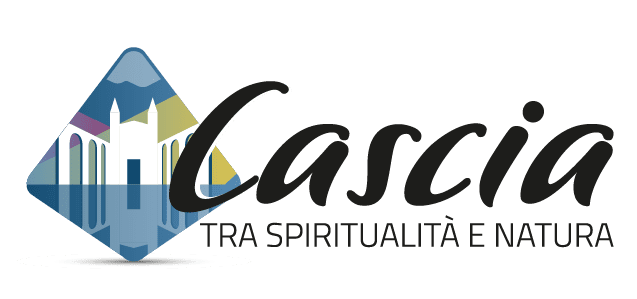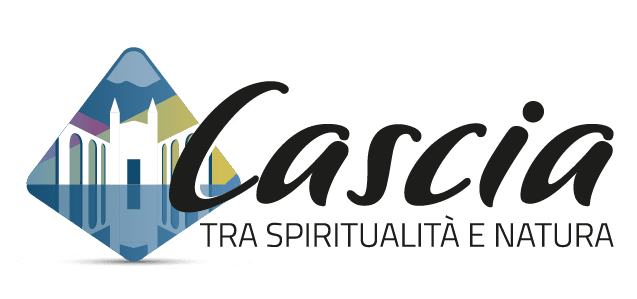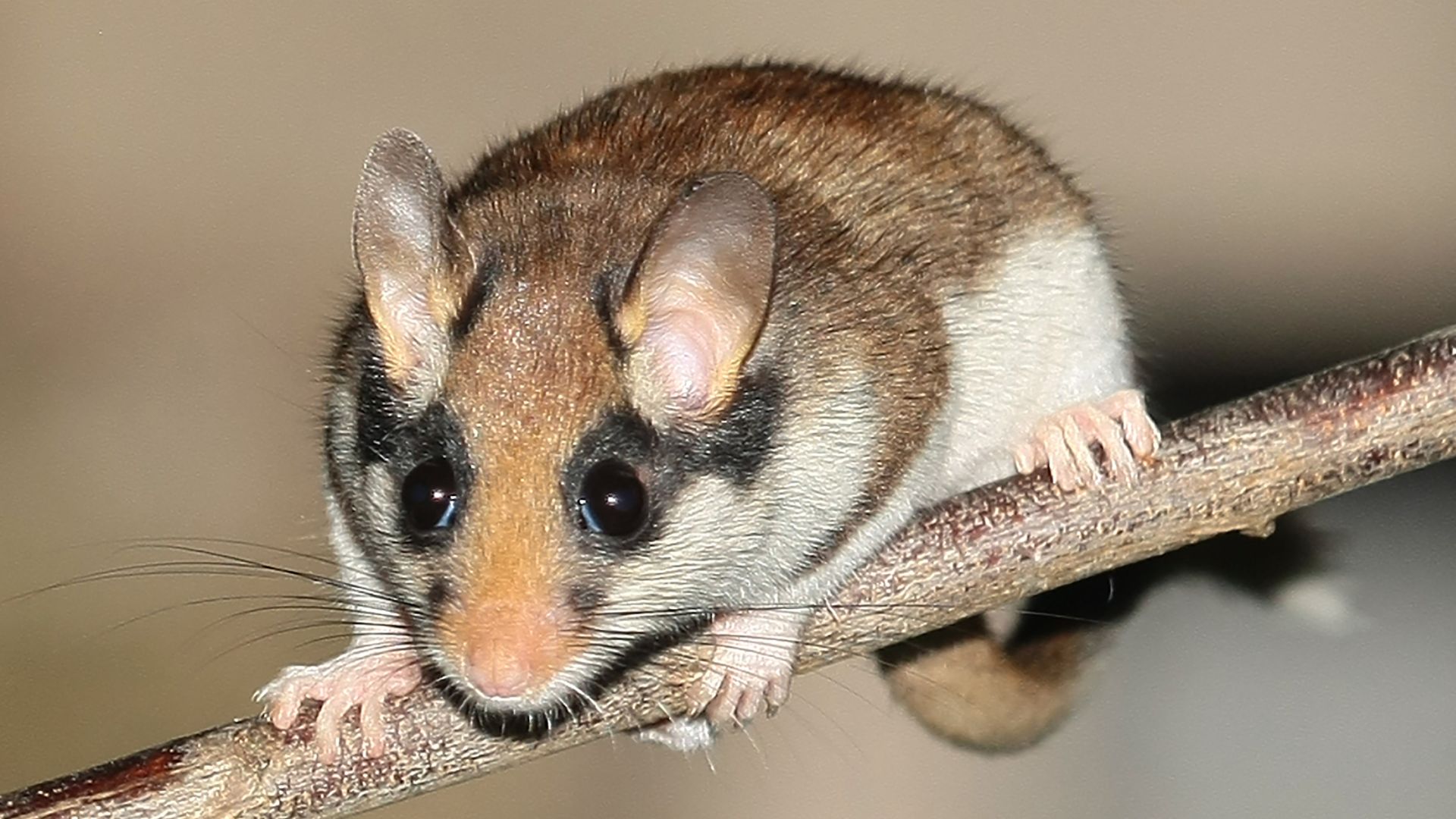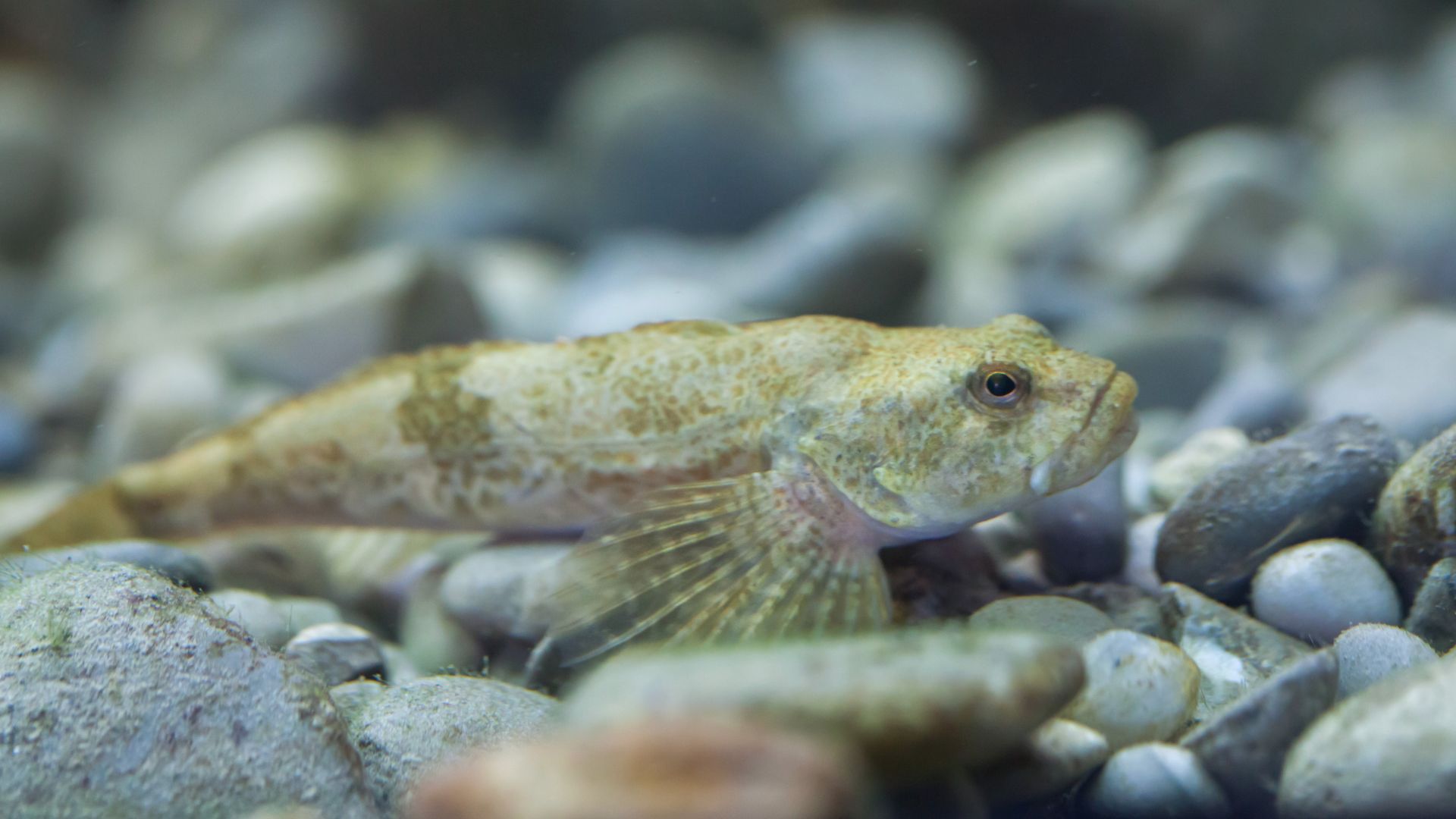This is considered an area of high naturalistic value and the faunal biodiversity is well represented by animals of scientific and conservation interest at national and European level. Among the rarest mammals are the Apennine wolf (Canis lupus italicus), the Etruscan shrew (Suncus etruscus), the Red squirrel (Sciurus vulgaris), the Garden dormouse (Eliomys quercinus), the Hazel dormouse (Muscardinus avellanarius) and the European wildcat (Felis silvestris silvestris). Another interesting feature is the presence of bats, in particular, the lesser horseshoe bat (Rhinolophus hipposideros). Birds include the gray partridge (Perdix perdix), quail (Coturnix coturnix), caprimulgus (Caprimulgus caprimulgus), Eurasian wryneck (Jynx torquilla), lesser spotted woodpecker (Dryobates minor), green woodpecker (Picus viridis), the rock bunting (Emberiza cia) and many others, which often live in urban areas as well, close to humans. Among the typical fish of this area, particular attention should be paid to the presence of the European bullhead (Cottus gobio), a species which is mainly threatened by the regulation works of water courses, by pollution and by the decrease of the water level in streams.




